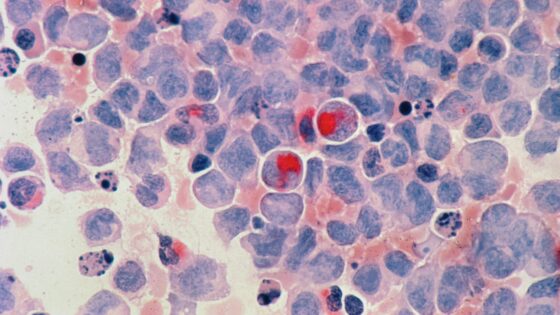It’s kind of weird to think your discarded gum will outlive you.
A team of scientists in Denmark recently discovered a positively ancient piece of discarded chewing gum. The gum, which is made from rubbery birch tar, is estimated to be around 5,700 years old. But how, you may ask, were they able to tell it was gum? Simple: because they found mouth DNA from an ancient child.
A whole swath of genetic information was extracted from this single piece of birch tar, enough to assemble a near-complete snapshot of a Neolithic human child. Here’s what we know about this child based on the information the scientists obtained:
- She had blue eyes, dark hair, and dark skin.
- She had some kind of relation to foragers and farmers from around ancient Europe.
- Her primary diet seemed to consist mainly of duck and hazelnuts.
- She may have suffered from gum disease and mononucleosis.
The scientists have decided to name this genetic profile “Lola.” Thanks to this information, we’ve obtained an impressively detailed image of prehistory humanity, and that’s all thanks to that sticky birch tar. “DNA from the environment would have a hard time penetrating the substrate,” study co-author Theis Jensen told Gizmodo. “In general, [birch pitch specimens] preserve very well—even in areas with very acidic soils.” So I guess if you want to leave a record of yourself for future generations, find the toughest gum you can get your hands on and start chewing.
































